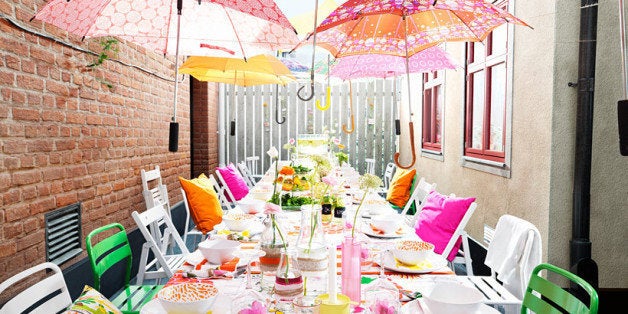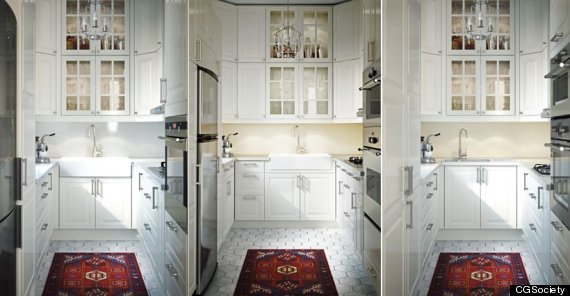
Some of those picturesque still-life scenes in Ikea catalogs aren’t real.
Up to 75 percent of the Ikea products are computer-generated images, according to CGSociety, an Australian graphic-design group. That’s up from 25 percent just two years ago.
An Ikea spokeswoman said much of its catalog displays are photographed traditionally in a studio in Sweden, and that the ratio of computer-generated product images to photos varies year by year.
The transition to computer imagery started in the 2006 catalog, with a single image of a blond-finished wood chair called “Bertil.” As the company’s reach spread around the globe, with different products in various markets, traditional photography became expensive and difficult to manage. Making tweaks to products for certain local markets would require new catalog photos for each market, for example.
Instead of doing that, the company built up a digital library of 25,000 three-dimensional models, which may have helped Ikea speed up the phasing out of its photography.
Ikea last year used these 3-D models in a new "augmented reality" feature for the app version of its catalog. The feature lets customers superimpose 3-D images of Ikea products wherever they point their smartphone cameras -- into an empty kitchen or living room, for example.
A video demonstrating the augmented reality feature:
Even the rooms pictured in the catalogs have become increasingly artificial.
“The most expensive and complicated things we have to create and shoot are kitchens,” Martin Enthed, a marketing executive at the Swedish furniture giant, wrote in June in a post on CGSociety’s website. “From both an environmental and time point of view, we don’t want to have to ship in those white-goods from everywhere, shoot them and then ship them all back again.”
About 35 percent of the non-product images, such as ovens, stove tops and kitchen appliances, are completely computer-generated, which helps the company tailor displays to different countries’ consumer tastes.
“A kitchen in the U.S. will look very different to a kitchen in Japan, for example, or in Germany,” Enthed wrote. “So you need lots of different layouts in order to localize the kitchen area in brochures.”

The same kitchen, designed to appeal to three different nationalities
This post has been updated with a comment from a CGSociety spokesman
CORRECTION: An earlier version of this story incorrectly stated that 75 percent of images in catalog displays were computer-generated. That figure actually applies to the number of single product images featured in the catalog.
